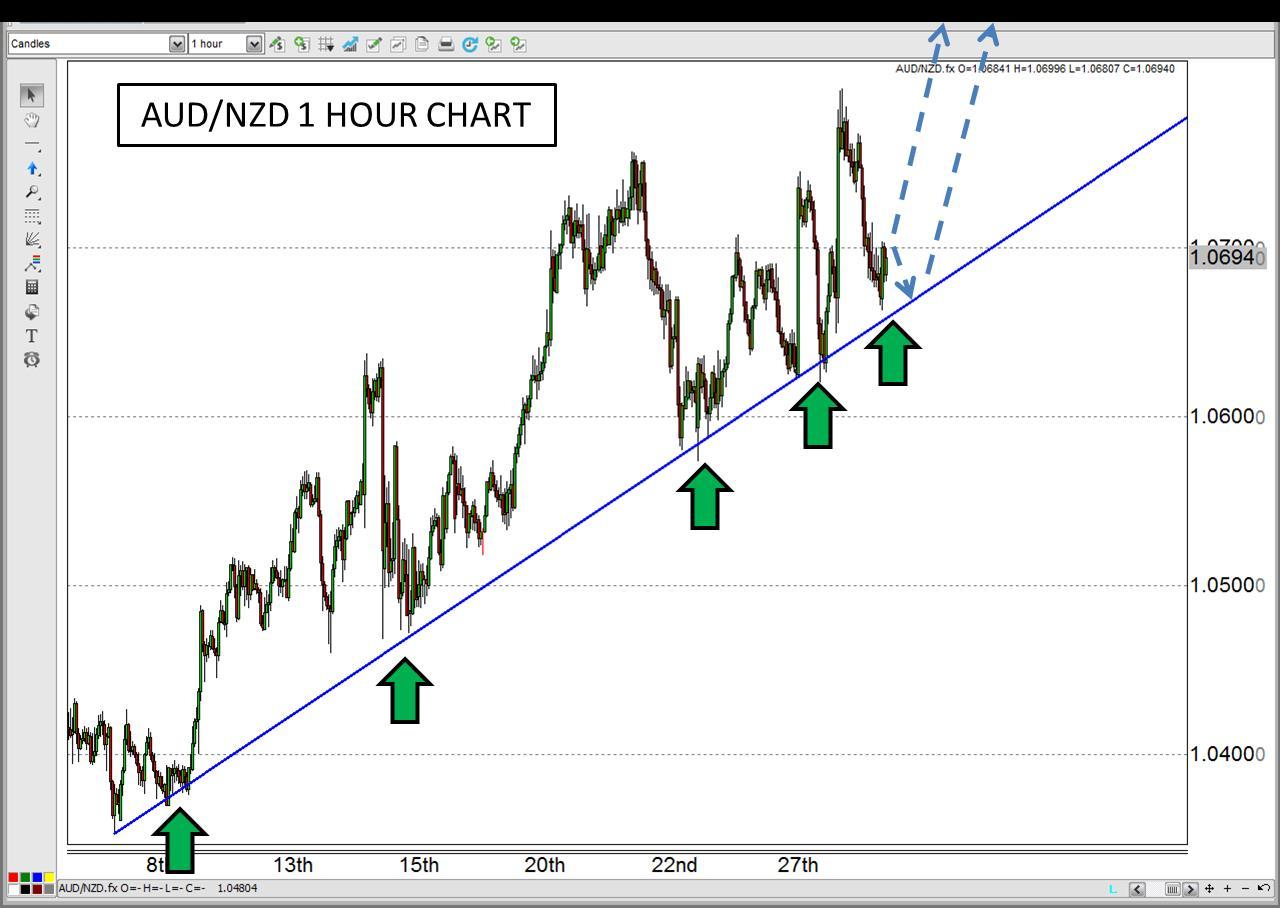![]()
The commodity currencies of Australia and New Zealand have really been abused of late as their central banks have leaked that they could be cutting interest rates or backed away quickly from a hawkish stance respectively. When viewing the context of the decisions to lean more dovish for both nation’s central banks -- falling milk prices, falling oil, falling copper, Eurozone Quantitative Easing, a slowing China, etc. -- it makes complete sense for them to do so. Maintaining an aggressive policy when the world is crumbling around you is akin to whistling past the graveyard during a new moon at midnight with the power out during a zombie outbreak; it will probably end badly. The European Central Bank is still trying to recover from the premature interest rate rises Jean Claude Trichet (wow, I haven’t typed that name in a while) instituted in 2011; actions that were immediately undone by Mario Draghi upon his ascension to the chair.
This is the type of situation Australia and New Zealand find themselves in, the economies they rely upon more than any others are struggling to produce enough to maintain the status quo, but they had slightly hawkish leans. To mitigate that, both central banks are preparing for a worst case scenario by preparing their own people, and the world, for potential upcoming actions. Those actions could weaken their currencies dramatically over the next few months as the currency wars drag on and the battle of currency devaluation spreads.
The Reserve Bank of New Zealand had the first chance to cut rates yesterday, but they passed, so the first act goes to the Reserve Bank of Australia. If we are to believe the leaked rumors in Australian press, the RBA will be cutting rates next week, and the expectations by traders will likely be overwhelmingly of that belief. However, RBA Governor Glenn Stevens has been known to verbally intervene in the past, mentioning several times over the last few years that the AUD/USD is overvalued, effectively thwarting its advance, but the RBA rarely delivered anything of substance therafter. Could this be another form of that type of jawboning from Stevens?
If that were the case, AUD traders may be quickly squeezed out of their positions, none more so than against their neighbor, New Zealand, who already established their dovishness. If this type of scenario were to play out, the AUD/NZD sets up pretty well with a rising trend line near current prices, and despite the RBA cut rumors, continues to establish higher highs and higher lows.
Figure 1:
Source: www.forex.com
Recommended Content
Editors’ Picks
EUR/USD extends gains above 1.0700, focus on key US data

EUR/USD meets fresh demand and rises toward 1.0750 in the European session on Thursday. Renewed US Dollar weakness offsets the risk-off market environment, supporting the pair ahead of the key US GDP and PCE inflation data.
USD/JPY keeps pushing higher, eyes 156.00 ahead of US GDP data

USD/JPY keeps breaking into its highest chart territory since June of 1990 early Thursday, recapturing 155.50 for the first time in 34 years as the Japanese Yen remains vulnerable, despite looming intervention risks. The focus shifts to Thursday's US GDP report and the BoJ decision on Friday.
Gold closes below key $2,318 support, US GDP holds the key

Gold price is breathing a sigh of relief early Thursday after testing offers near $2,315 once again. Broad risk-aversion seems to be helping Gold find a floor, as traders refrain from placing any fresh directional bets on the bright metal ahead of the preliminary reading of the US first-quarter GDP due later on Thursday.
Injective price weakness persists despite over 5.9 million INJ tokens burned

Injective price is trading with a bearish bias, stuck in the lower section of the market range. The bearish outlook abounds despite the network's deflationary efforts to pump the price.
US Q1 GDP Preview: Economic growth set to remain firm in, albeit easing from Q4

The United States Gross Domestic Product (GDP) is seen expanding at an annualized rate of 2.5% in Q1. The current resilience of the US economy bolsters the case for a soft landing.
